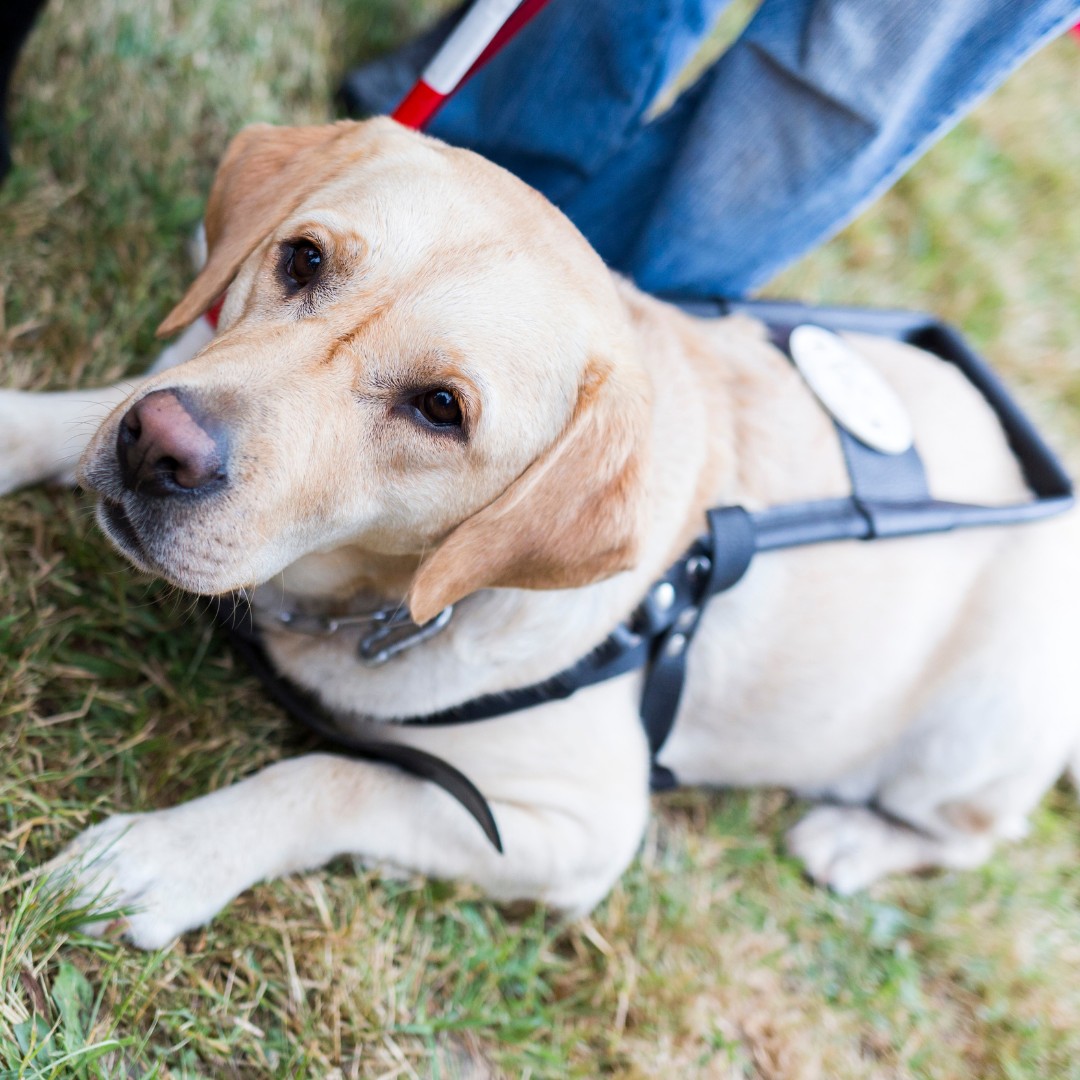Guide dogs are indispensable companions for individuals who are blind or visually impaired, offering them independence and safe navigation. Understanding the training process of these remarkable animals often leads to questions, particularly about when their formal education begins. This article delves into the age at which guide dogs typically start their training, providing a comprehensive overview of their journey from puppyhood to becoming a working guide.
The Early Stages: Puppyhood and Socialization
Guide dog organizations typically have breeding programs designed to produce dogs with the specific temperament and physical characteristics suited for guide work. These programs prioritize traits like intelligence, trainability, and a calm demeanor.
At around 8 to 10 weeks old, these puppies are placed with volunteer puppy raisers. These raisers play a crucial role in the dog’s development. Their responsibilities include:
- Basic Obedience: Teaching fundamental commands like “sit,” “stay,” and “come.”
- Socialization: Exposing the puppies to a wide variety of environments, people, and situations they will encounter as working guide dogs. This includes riding public transportation, navigating crowded streets, and visiting stores and restaurants.
- Good Manners: Reinforcing appropriate behavior in public settings.
This early socialization phase is vital as it helps the young dogs develop confidence and adaptability, essential qualities for a successful guide dog.
The Start of Formal Training: When Does It Begin?
The actual formal guide dog training usually begins when the dogs are between 14 and 18 months old. At this age, they return to the guide dog training school to start the next phase of their education.
This timeline allows the dogs to mature physically and mentally before the intensive training process begins. The puppy raising stage provides a solid foundation of basic obedience and socialization, making them better prepared for the challenges of guide work.
What Does Formal Training Involve?
The formal training period focuses on teaching the dogs the specific skills needed to guide a visually impaired person safely and effectively. This includes:
- Obstacle Avoidance: Learning to navigate around obstacles such as pedestrians, vehicles, and low-hanging objects.
- Curb and Step Negotiation: Alerting their handlers to changes in elevation, ensuring safe transitions.
- Intelligent Disobedience: A crucial skill where the dog is trained to disobey a command if it would put the handler in danger. For instance, if a handler commands the dog to walk forward into oncoming traffic, the dog should refuse.
- Finding Objects: Learning to locate specific objects, such as chairs, doors, and crosswalks, upon command.
Matching and Team Training
After several months of formal training, the dogs are carefully matched with potential handlers. This matching process considers factors such as the handler’s lifestyle, personality, and pace of walking.
Once a suitable match is made, the dog and handler train together for a period of 2 to 4 weeks. This team training allows them to learn to work together effectively and build a strong bond of trust.
Alternative Training Approaches
While most guide dog organizations follow the traditional model of puppy raising followed by formal training starting around 14-18 months, there are alternative approaches:
- Owner Training: Some individuals choose to train their own guide dogs, either from puppyhood or by rescuing an older dog. This requires significant time, commitment, and knowledge of dog training principles.
- Later Start: In some cases, a dog may begin formal training later than 18 months due to various factors such as health or development.
Conclusion
Guide dogs typically begin their formal training between 14 and 18 months old, after spending their early months with puppy raisers learning basic obedience and socialization. This structured approach ensures that these remarkable animals are well-prepared for the demanding role they will play in providing independence and safety to their handlers. The dedication of breeders, puppy raisers, trainers, and handlers makes it all possible. Understanding the training process helps to appreciate the incredible work that guide dogs do.

